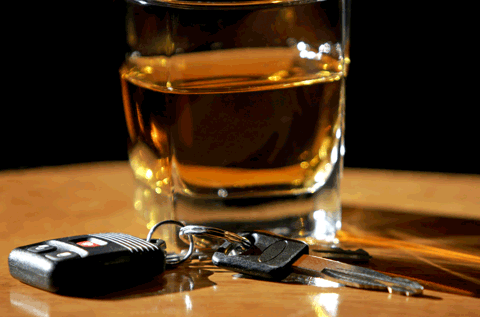
| Monday, October 15, 2012 | Archives | Advertise | Online Buyer's Guide | FLEETSolutions |
Teen Drinking And Driving Falls By Half
 The number of teens who drink and then drive has fallen by more than half over the last two decades, according to a new study, but there is still a problem with teens "binge drinking" before climbing behind the wheel. The number of teens who drink and then drive has fallen by more than half over the last two decades, according to a new study, but there is still a problem with teens "binge drinking" before climbing behind the wheel.And officials with the Centers for Disease Control stressed that even with fewer drunk teen drivers, car crashes remain the leading cause of death for those between the ages of 16 and 19. The CDC’s latest study found that since 1991 the number of teens who drink and then drive has plunged by fifty-four percent. About one in ten admitted they had engaged in that risky behavior within the previous thirty days, down from nearly one in four two decades earlier. The study credited a variety of factors for the decline, including:
But despite the generally positive trends, the CDC reported a downside to teen drinking behavior in its latest report. For one thing, among the one in 10 teens who did admit to driving in the previous month, 85 percent also acknowledged what the CDC calls "binge drinking," of at least five alcoholic beverages in one sitting. Teens who do drink, Frieden said, are doing so specifically to get drunk. And so, while the general trend is downward, twenty percent of the teens involved in fatal crashes still had alcohol in their system – though that’s less than the thirty-three percent for the population as a whole. The study suggested that teens tend to model their drinking behavior upon what they see and hear at home – CDC officials urging parents to influence their children’s behavior, especially around alcohol. |
 |
NAFA Fleet Management Association 125 Village Blvd., Suite 200 Princeton, NJ 08540 Telephone: 609.720.0882 Fax: 609.452.8004 |








